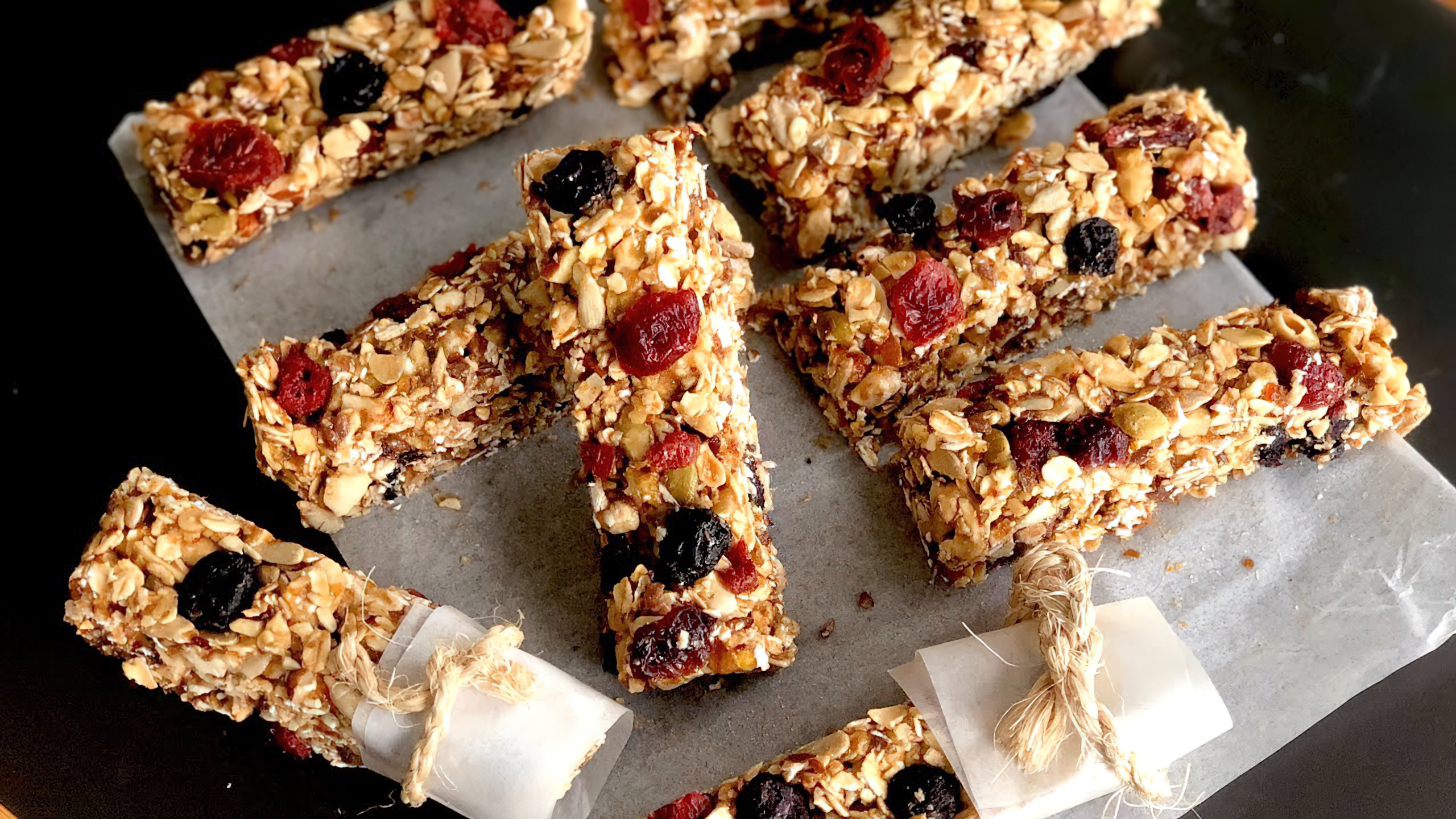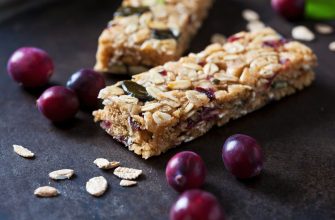Eating healthy on a budget may seem challenging, but with the right strategies and a bit of creativity, it’s possible to enjoy nutritious meals without breaking the bank. In this article, we’ll explore practical tips for affordable healthy eating, such as meal planning, utilizing seasonal produce, minimizing food waste, and adapting recipes to suit your budget. By implementing these strategies, you can nourish your body and wallet at the same time.
-
Content
Smart Shopping Strategies

Eating healthily on a budget doesn’t mean compromising on taste or nutrition. Start by planning your meals for the week and making a shopping list. Stick to the list and avoid impulse buys. Shop at local farmers’ markets for fresh, affordable produce, and consider buying in bulk to save money on pantry staples. Look for sales and discounts on items you frequently use, and consider generic brands for a more budget-friendly option.
-
Budget-Friendly Protein Sources
Protein is an essential nutrient, but meat can be expensive. Opt for budget-friendly protein sources like beans, lentils, and chickpeas. They are nutritious, versatile, and easy to prepare. Canned fish, such as tuna or salmon, is another affordable option. Eggs are a low-cost source of high-quality protein, and can be used in a variety of dishes, from omelets to stir-fries.
-
Frozen vs. Fresh Produce

Fresh fruits and vegetables can be pricey, but frozen options are just as nutritious and often more affordable. Look for sales on fresh produce and freeze any excess to use in future meals. You can also opt for canned vegetables, but choose low-sodium options to maintain a healthy diet.
-
Whole Grains and Budget-Friendly Carbs
Whole grains, like brown rice, quinoa, and whole-wheat pasta, are nutrient-dense and budget-friendly. They can be purchased in bulk and have a long shelf life. Oats are another inexpensive option that can be used in a variety of recipes, from breakfast to dessert. When shopping for bread, choose whole-grain varieties that offer more fiber and nutrients than their refined counterparts.
-
DIY Snacks and Meals

Pre-packaged snacks and convenience foods can be pricey and less healthy. Save money and make healthier choices by preparing your meals and snacks at home. Make your own trail mix, granola bars, or popcorn for a fraction of the cost of store-bought versions. Meal prepping can also save you time and money throughout the week, as well as reduce food waste.
-
Utilize Seasonal Produce
Incorporating seasonal fruits and vegetables into your meals is an excellent way to save money and enjoy the freshest produce. Seasonal produce is often cheaper due to its abundance, and it also offers a variety of nutrients and flavors. Visit local farmers’ markets or search online to find a seasonal produce guide specific to your area.
-
Cook in Large Batches

Cooking in large batches not only saves time but also money. Choose recipes that are easy to scale up and freeze well, such as soups, stews, and casseroles. Divide the meal into single servings and store them in the freezer for quick and budget-friendly lunches or dinners.
-
Minimize Food Waste
Reducing food waste is essential for maintaining a budget-friendly kitchen. Store perishable items properly to extend their shelf life, and use leftovers in creative ways to make new dishes. Freeze extra portions of cooked meals and learn how to use food scraps, such as making vegetable broth from leftover veggie trimmings.
-
Grow Your Own Produce

Starting a small garden or growing a few herbs on your windowsill can help cut costs while providing you with fresh, organic produce. Many herbs and vegetables, such as tomatoes, lettuce, and basil, are easy to grow and can significantly reduce your grocery bill.
-
Stay Flexible and Adapt Recipes
Don’t be afraid to swap out ingredients in recipes for more budget-friendly options. For example, if a recipe calls for an expensive ingredient, look for a more affordable alternative or use what you already have on hand. Being adaptable in the kitchen can lead to cost savings and exciting new flavor combinations.
By implementing these strategies, you can make healthy eating on a budget enjoyable and sustainable. Embrace meal planning, utilize seasonal and affordable ingredients, and be creative in the kitchen to make the most of your food budget.

